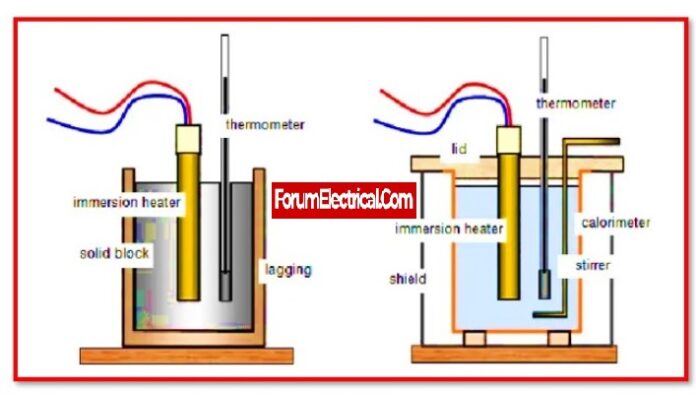The mechanical equivalent of heat is the amount of mechanical work required to produce a given amount of heat. It is a fundamental principle in thermodynamics that relates the two physical quantities of heat and work.
The concept of the mechanical equivalent of heat was first proposed by the French scientist Sadi Carnot in the early 19th century, and was later refined by James Joule and other scientists. It states that a given amount of heat can be converted into an equivalent amount of mechanical work, and vice versa.

The mechanical equivalent of heat is usually expressed in terms of the energy required to raise the temperature of a unit mass of a substance by a given amount. For example, the mechanical equivalent of heat for water is the amount of work required to raise the temperature of 1 gram of water by 1 degree Celsius.
The mechanical equivalent of heat is an important concept in thermodynamics because it allows the relationships between heat and work to be quantified and understood. It is also a key factor in the operation of heat engines, such as steam engines, which convert heat into mechanical work.
When W is the amount of work performed on a system and Q is the amount of heat generated as a result of this work, then
W α Q
W = JQ
J = W/Q
According to the equation J, the quantity of work that must be performed on a system in order to produce one unit of heat is the mechanical equivalent of heat.
The value of the mechanical equivalent of heat depends on the substance being used and the temperature at which the conversion is taking place. It is generally considered to be a constant, but it can vary slightly due to factors such as the pressure and humidity of the environment.
What is the mechanical equivalent of J’s constant value?
The amount of mechanical work required to heat a particular mass of water by one degree Celsius. It is the heat capacity of water at room temperature, which is 4186 Joules kg-1.









